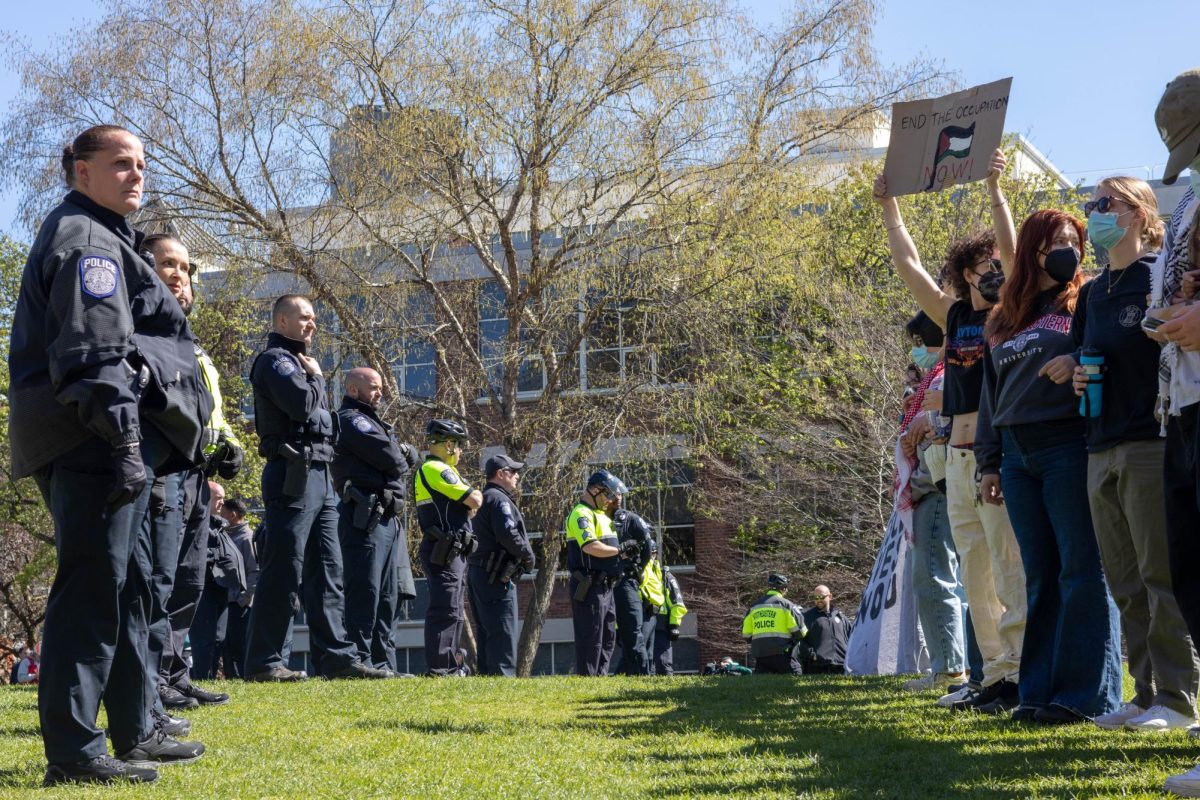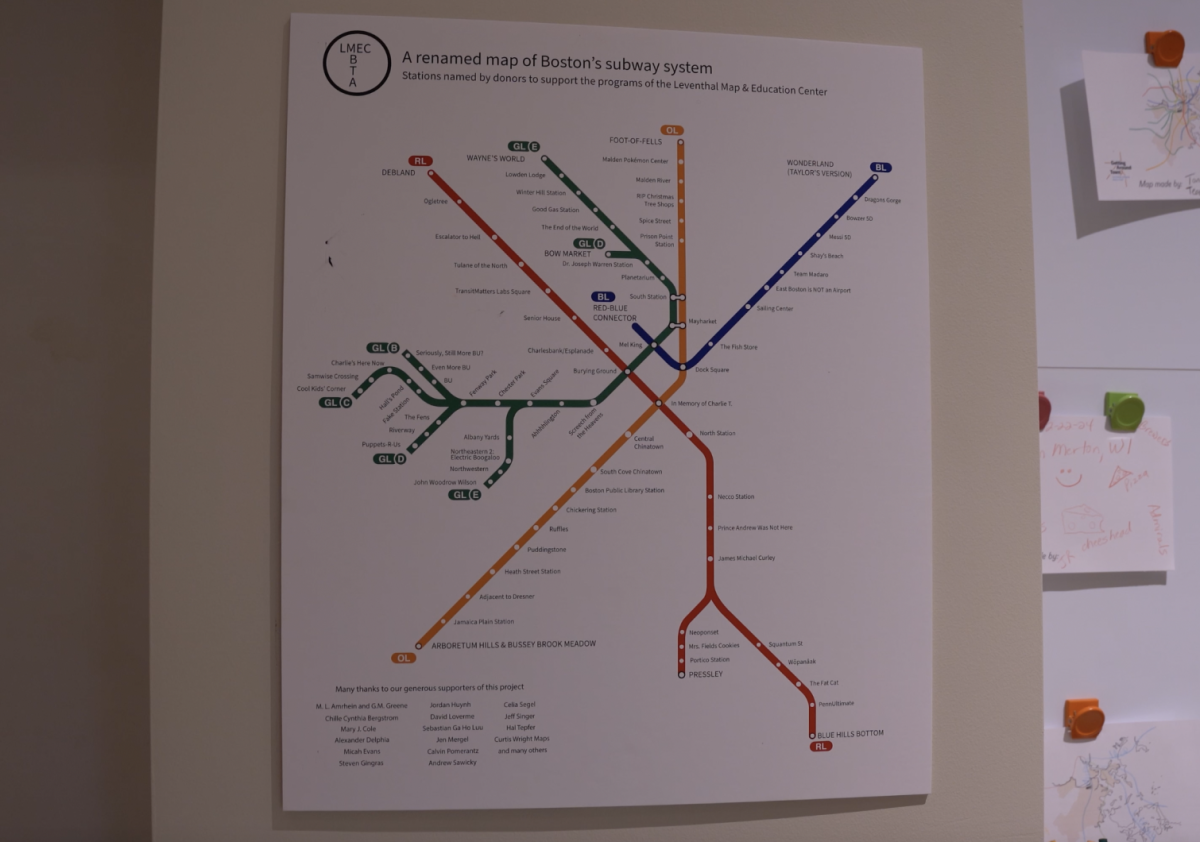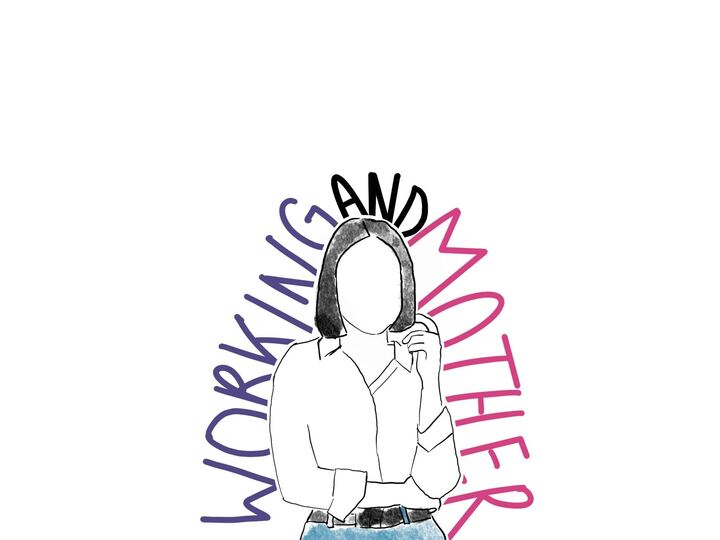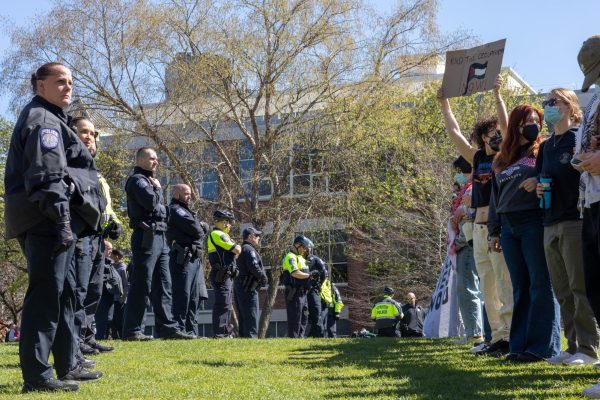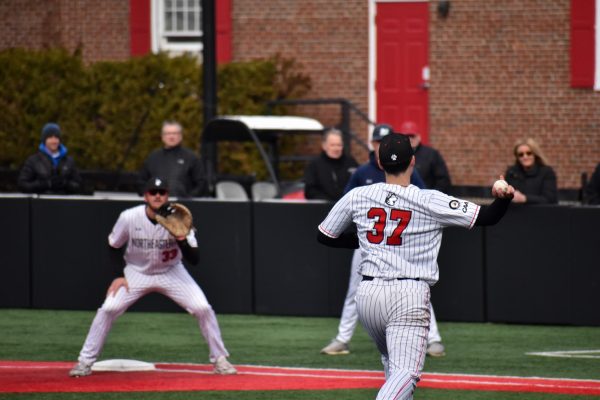Letter to the Editor: We need to talk about The News
April 11, 2018
To the Editorial Board:
I am writing in response to The News’ editorial “We need to talk about diversity” published on April 5.
Quite simply, it missed the mark. It is easy to say we need to talk about diversity. It is even easier to post an editorial stressing a need for inclusion. Your piece acknowledged that white voices dominate social conversations, only to fail to include the perspective of people of color.
It is incredible that the Editorial Board would express the need to discuss diversity and inclusion when this newspaper often excludes the voices of people of color within its own publication. The insufficient diversity on the board lends to a lack of awareness of what is going on within communities of color on campus. Thus, there is a shortage of stories published concerning events and issues that would be important to those communities. This also reflects the disconnect between The News and organizations supporting marginalized communities.
Had it been done correctly, this editorial could have been an opportunity to acknowledge how both Northeastern and The News can do better in not only having this conversation, but also how to construct the kind of change necessary to support diversity and inclusion throughout our community. This editorial does not do this.
This editorial highlights the need to talk about diversity and inclusion without fully understanding what that conversation, or the actions that can be implemented following it, entail. The News continues to be out of touch with the student body as a whole because of its own lack of diversity.
This apparent effort to reach out to communities of color, although well-intentioned, only highlights how unaware The News is of its need to reflect on its own diversity if truly interested in promoting diversity and inclusion. As said in this very editorial, white people dominate these conversations and make people of color uncomfortable. If the intention was to start that conversation, the Editorial Board did so mistakenly by not allowing people of color to speak first or looking within its own publication.
Speaking of communities of color, I agree with one of the editorial’s sentiments: we do need to support marginalized groups. But the only example you provided was the #MeToo movement, which you correctly mentioned is often miscredited, but that is also continually dominated by the white feminism that threatens intersectional stories. A great example you could have used: Black Lives Matter within the gun control debate. This could have been an excellent opportunity to talk about the inclusion needed but unmentioned in two editorials this board has written about gun control and the March For Our Lives.
This editorial affirms the ample opportunities for students to find a place on campus; yet people still find it difficult not only to have productive conversations about diversity, race, privilege and inclusion, but simply to find a place where they can do so. The implication that Northeastern already has enough clubs for students to “find their place” does not leave room for the improvement in diversity and inclusiveness Northeastern would benefit from. This statement only serves to further show that those who crafted this piece were uninformed in aspects of this very conversation about diversity and inclusion, and how it impacts the Northeastern community.
For a university that heavily markets their diversity, Northeastern still consists of minority communities that rarely reach double-digit percentages within the larger student populace. The reality is The News has not been able to delve into the issues mentioned in this editorial, nor has it demonstrated why on-campus organizations don’t always serve as places of acceptance for a growing, racially-ambiguous student body.
It is shameful that the only idea for showing Northeastern is active in increasing inclusivity among students was to highlight sponsored speakers, so as to mention Bryan Stevenson’s visit last year only to spell his name wrong.
Northeastern has many ways it actively promotes its diversity and fosters inclusion, yet there was no thought in actually seeking out a single other plausible example? Or better, coming up with any ideas Northeastern hasn’t implemented that could improve its efforts?
Also, Bryan Stevenson isn’t just “a lawyer who works to fight racism in the justice system” — he does challenge bias in the justice system against the poor and minorities. But, he also founded the Equal Justice Initiative, a non-profit that further offers legal representation to the wrongly convicted, others who may have been denied a fair trial and those too poor to afford effective counsel. Furthermore, he was recently featured on 60 minutes for heading the establishment of the National Museum for Peace and Justice and The Legacy Museum: From Enslavement to Mass Incarceration that accompanies it. This new memorial and museum are a U.S. landmark made up of 805 steel markers that each bear the names of thousands of lynching victims who are finally being honored. Stevenson is so much more than what you have reduced him to and his accomplishments further contribute to a conversation this editorial fails to foster. More importantly, put some respect to his name if you’re going to mention him.
The News acknowledging its lack of diversity was the best part of this editorial, and clearly the justification for this attempt to promote a conversation about diversity and inclusion. It was unnecessary for the editorial to end with “while the conversation is far from over” when this editorial didn’t truly serve to start a conversation concerning both topics in the first place. That said, the mention of a diversity workshop within the editorial board is encouraging — but a workshop doesn’t create the representation needed from diverse audiences.
Creating acceptance and fostering conversation about diversity and inclusion isn’t about posting a notice calling for those conversations, it’s about starting that conversation. And when you are uninformed as to how to do so, seek out those who can help you do so.
Sincerely,
Melissa Wells



